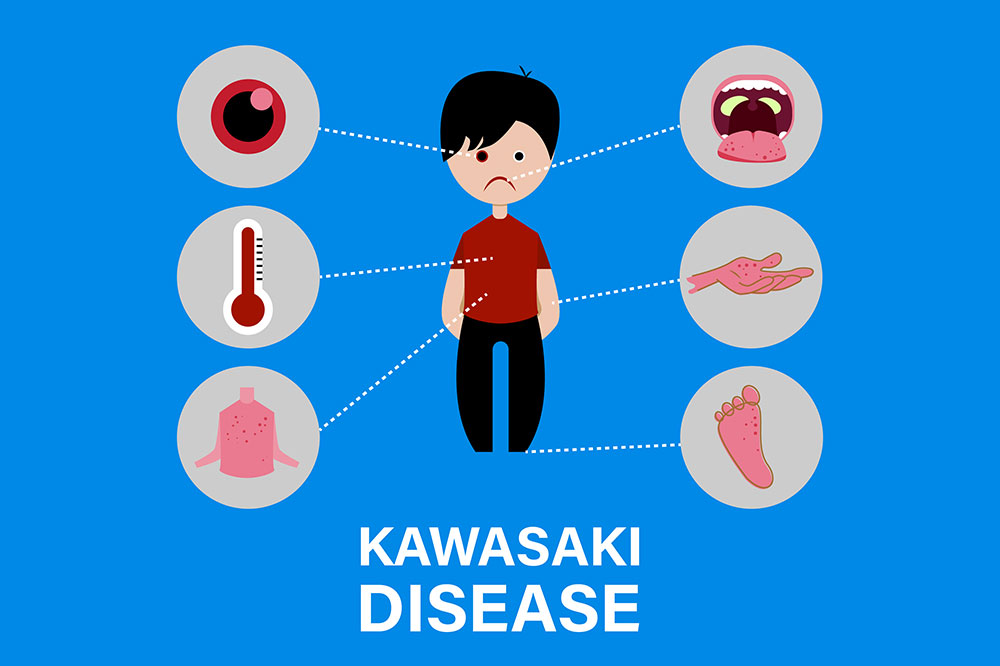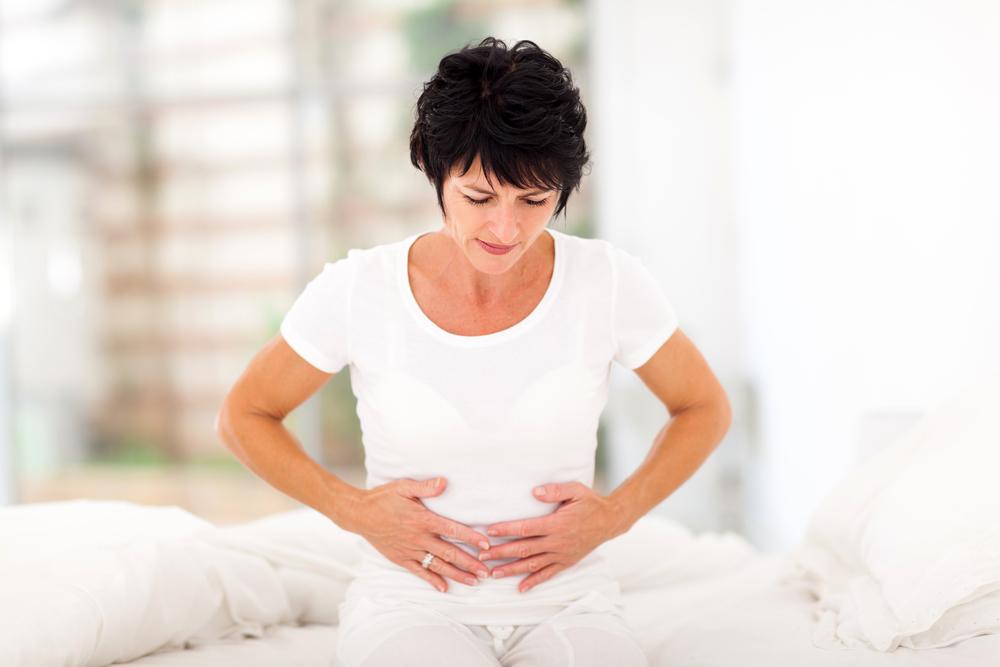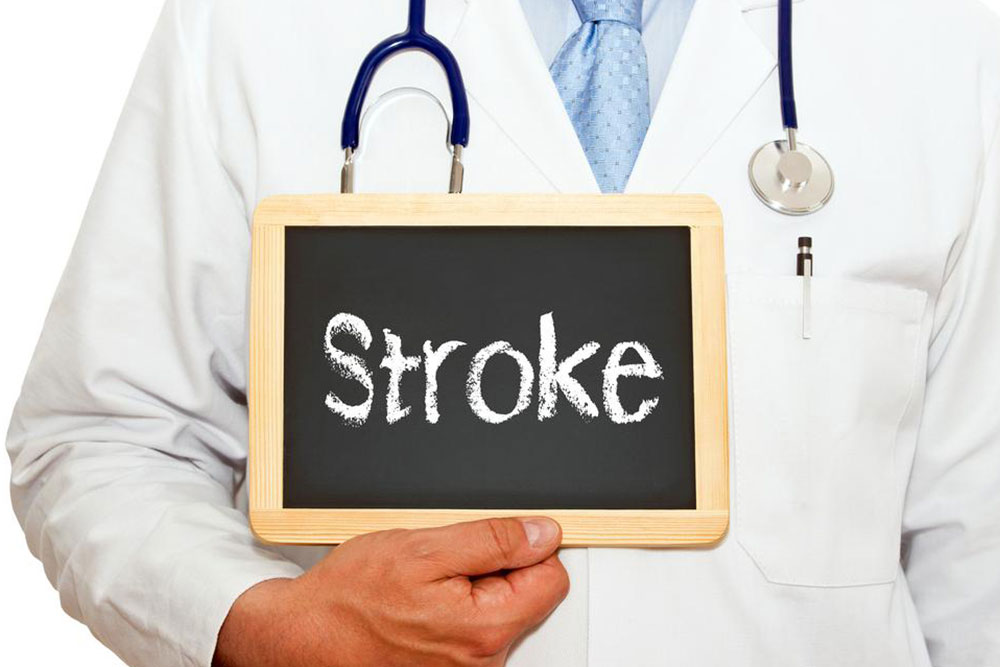Understanding Kawasaki Disease: Causes and Key Symptoms
Kawasaki disease is a rare but serious condition primarily affecting young children. It may result from infections or genetic factors, with symptoms including fever, rashes, swollen extremities, and blood vessel inflammation. Early diagnosis and treatment are essential to prevent complications, especially involving the heart. This article provides insights into its causes, symptoms, and phases, emphasizing the importance of prompt medical attention.

Kawasaki Disease: Causes and Recognizable Signs
Kawasaki disease, also known as mucocutaneous lymph node syndrome, was first identified in Japanese children during the 1960s. Primarily affecting children under five, this rare condition occurs at a rate of 9 to 20 cases per 100,000 children. It’s important to understand its potential causes and distinguish its symptoms for early detection and treatment.
Causes of Kawasaki Disease
Although the precise cause remains unknown, it is believed that bacterial or viral infections may trigger Kawasaki disease. A weakened immune system can also elevate the risk.
Since Kawasaki disease is infectious, it can spread between individuals. Some experts suggest that bacterial toxins called superantigens, produced by streptococci or staphylococci bacteria, may activate the immune response, leading to blood vessel inflammation, known as vasculitis, which can harm the heart. There’s also a possibility of a genetic component, as Kawasaki disease can be inherited across generations.
Key Symptoms of Kawasaki Disease
Children experience different symptoms through three phases:
Phase 1
Lasting up to two weeks, this is the acute stage. Fever remains high or fluctuates, often resistant to common fever medications. Skin rashes may develop, and fingers and toes can become swollen, red, hard, and painful—making movement difficult. Lips, mouth, and tongue may swell or turn red. Swollen lymph nodes and conjunctivitis are also common.
Phase 2
This sub-acute phase lasts around two weeks and can include abdominal pain, vomiting, diarrhea, pus in urine, peeling skin, and swollen joints.
Phase 3
During recovery, most symptoms improve. Despite treatment, fatigue can persist due to earlier pain and inflammation, often lasting nearly a month.










